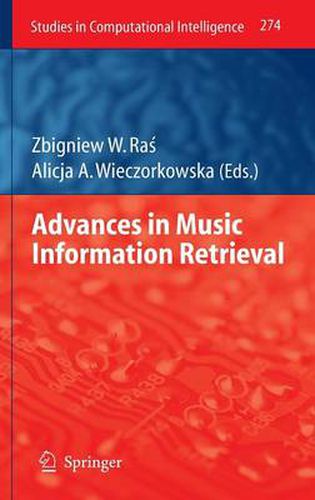Readings Newsletter
Become a Readings Member to make your shopping experience even easier.
Sign in or sign up for free!
You’re not far away from qualifying for FREE standard shipping within Australia
You’ve qualified for FREE standard shipping within Australia
The cart is loading…






This title is printed to order. This book may have been self-published. If so, we cannot guarantee the quality of the content. In the main most books will have gone through the editing process however some may not. We therefore suggest that you be aware of this before ordering this book. If in doubt check either the author or publisher’s details as we are unable to accept any returns unless they are faulty. Please contact us if you have any questions.
Sound waves propagate through various media, and allow communication or entertainment for us, humans. Music we hear or create can be perceived in such aspects as rhythm, melody, harmony, timbre, or mood. All these elements of music can be of interest for users of music information retrieval systems. Since vast music repositories are available for everyone in everyday use (both in private collections, and in the Internet), it is desirable and becomes necessary to browse music collections by contents. Therefore, music information retrieval can be potentially of interest for every user of computers and the Internet. There is a lot of research performed in music information retrieval domain, and the outcomes, as well as trends in this research, are certainly worth popularizing. This idea motivated us to prepare the book on Advances in Music Information Retrieval.
It is divided into four sections: MIR Methods and Platforms, Harmony, Music Similarity, and Content Based Identification and Retrieval. Glossary of basic terms is given at the end of the book, to familiarize readers with vocabulary referring to music information retrieval.
$9.00 standard shipping within Australia
FREE standard shipping within Australia for orders over $100.00
Express & International shipping calculated at checkout
This title is printed to order. This book may have been self-published. If so, we cannot guarantee the quality of the content. In the main most books will have gone through the editing process however some may not. We therefore suggest that you be aware of this before ordering this book. If in doubt check either the author or publisher’s details as we are unable to accept any returns unless they are faulty. Please contact us if you have any questions.
Sound waves propagate through various media, and allow communication or entertainment for us, humans. Music we hear or create can be perceived in such aspects as rhythm, melody, harmony, timbre, or mood. All these elements of music can be of interest for users of music information retrieval systems. Since vast music repositories are available for everyone in everyday use (both in private collections, and in the Internet), it is desirable and becomes necessary to browse music collections by contents. Therefore, music information retrieval can be potentially of interest for every user of computers and the Internet. There is a lot of research performed in music information retrieval domain, and the outcomes, as well as trends in this research, are certainly worth popularizing. This idea motivated us to prepare the book on Advances in Music Information Retrieval.
It is divided into four sections: MIR Methods and Platforms, Harmony, Music Similarity, and Content Based Identification and Retrieval. Glossary of basic terms is given at the end of the book, to familiarize readers with vocabulary referring to music information retrieval.